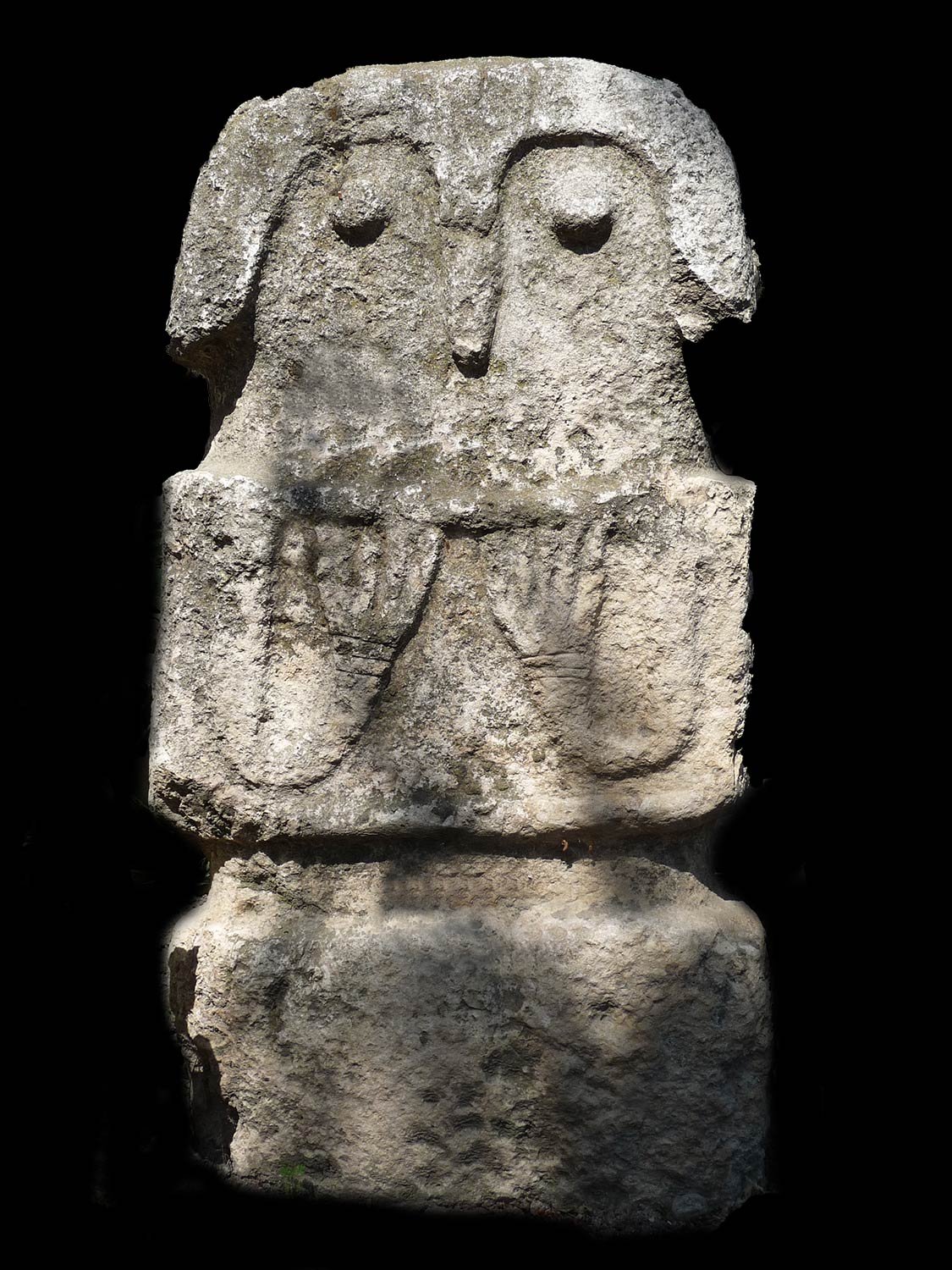Treasures of Artsakh: Part I
Artsakh, An Early Human Habitat from the Paleolithic to Iron Age
The Azokh Cave is located in the south-eastern part of the Republic of Artsakh, near Azokh village in the Hadrut region. It is one of the oldest cave complexes in this area, which was an important habitat for humans from the Pleistocene through Holocene times with the remains of several different hominid species (Homo heidelbergensis, Homo neanderthalensis, Homo sapiens). The sedimentary sequence ranges in age from several million years to historic periods.
The cave consists of several entrances, halls, and platforms of various heights which are connected to each other by different passages. In addition to anthropological material, obsidian, and chert tools and fossils of different animals--mainly cave bear (Ursus spelaeus)--were found in the Azokh Cave.
The location of the cave complex is in a geographic corridor linking Africa and Eurasia. Artsakh settlements increased in the 3rd-2nd millennia BC. Mountain ranges and river valleys made these areas more attractive to humans and contributed to the spread of ancient culture.











